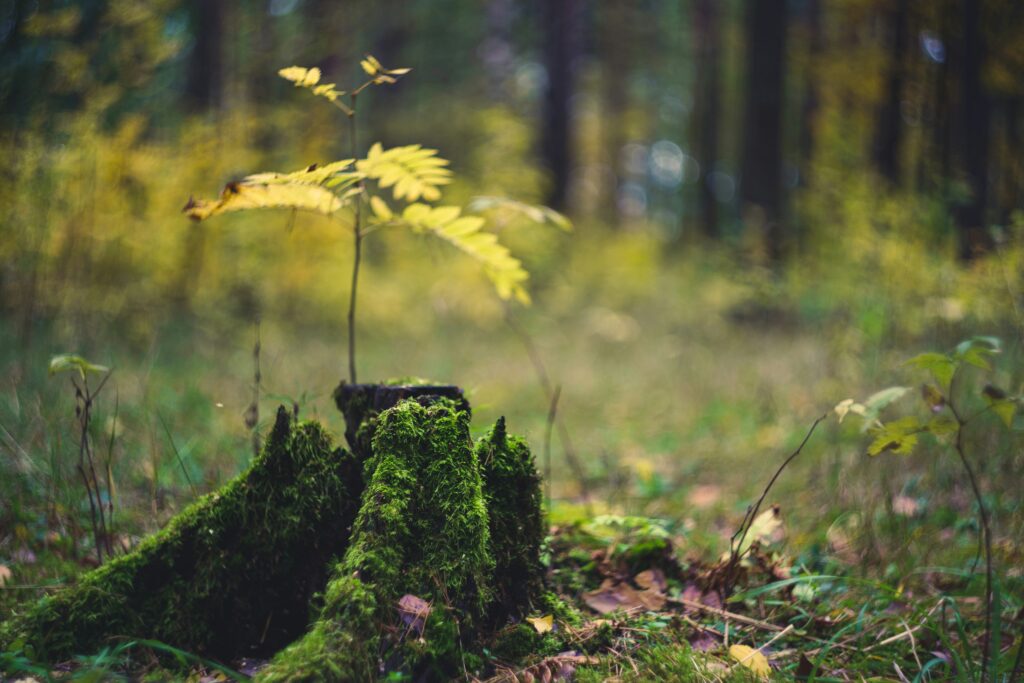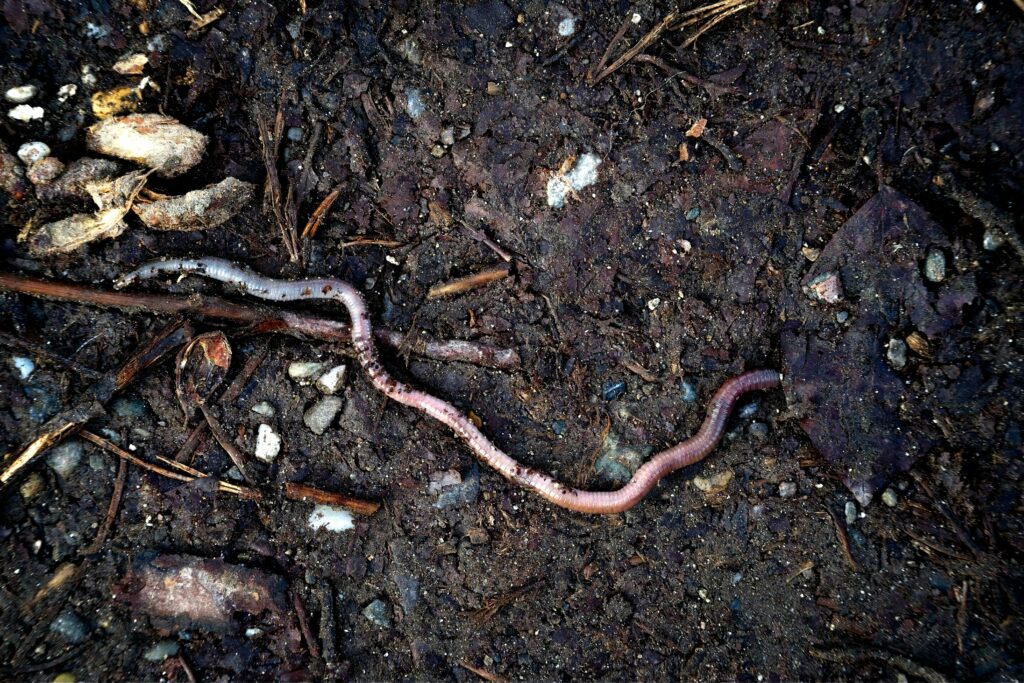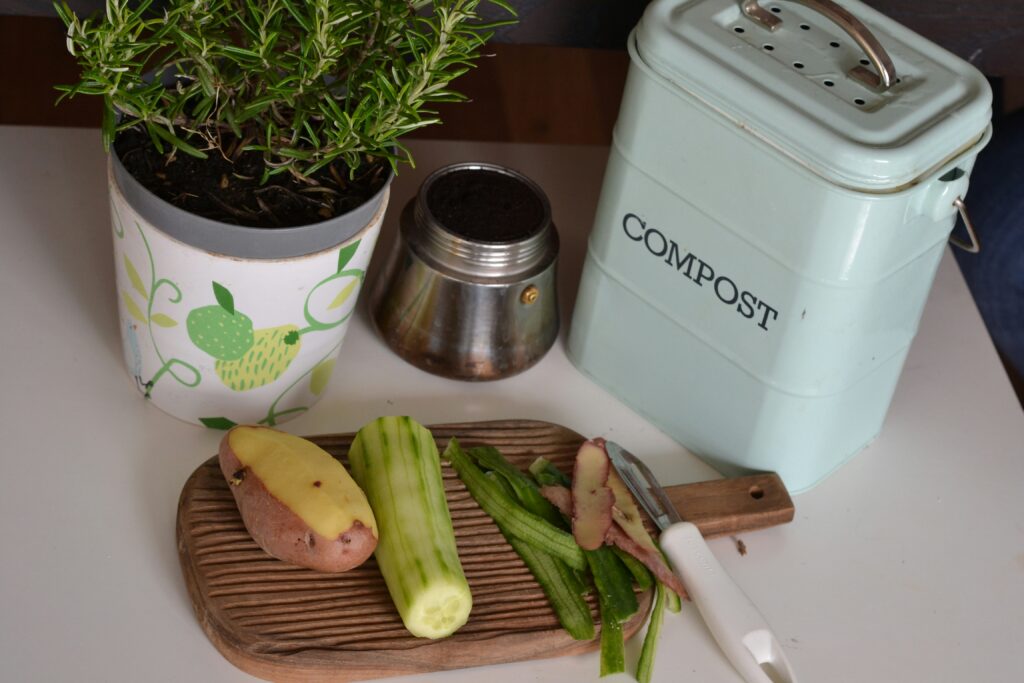How Nature Recycles: Lessons from Forests for Sustainable Living

Nature and sustainable living go hand in hand. In forests, ecosystems show us how to recycle, regenerate, and thrive—without creating waste.
Nature’s Perfect Recycling System
Nature perfected recycling long before humans developed waste management systems. Forests, in particular, provide a perfect model for sustainable living. These ecosystems have thrived for millions of years without human help.ed waste management systems, nature had already perfected the art of recycling. Forests, in particular, provide a remarkable blueprint for sustainable living. For millions of years, these ecosystems have been thriving and self-sustaining for millions of years, operating without human intervention.
How Forests Recycle Naturally
Understanding Ecosystem “Waste” Management
By observing how ecosystems manage their own “waste,” we gain valuable insights into creating a more balanced world. Nature’s processes have been refined over millions of years.
The Role of Forests in Recycling
For example, forests recycle nutrients, water, and even carbon dioxide in ways that support life for all species within the ecosystem. This process isn’t just efficient; it’s deeply interconnected.
Sustainability in Nature’s Design
Nature’s design showcases the importance of sustainability. Forests recycle everything—nothing is wasted. By mimicking nature’s methods, we can create regenerative systems in our own lives.
🌿 The Forest Floor: Nature’s Recycling Center
In a forest, nothing is truly wasted. For example, when leaves fall, animals die, or trees shed bark, all of it is broken down by a team of invisible recyclers — fungi, bacteria, and insects. These organisms, in turn, decompose organic matter, transforming it into rich soil that nourishes new plant life. As a result, the forest thrives, continuously renewing itself. Moreover, this process supports the entire ecosystem, creating a delicate balance. It’s a closed-loop system where every element has a purpose, even in decay, ensuring nothing goes to waste.
Leaves = mulch
Dead trees = shelter and nutrients
Animal droppings = fertilizer
Every part of the cycle contributes to the ongoing health of the forest.
🍄 Meet the Decomposers
Decomposers play an essential role in nature’s recycling system. Without them, ecosystems would struggle to thrive as they break down organic matter and return vital nutrients to the soil.. For instance, fungi like mushrooms decompose tough substances such as lignin and cellulose in wood, releasing nutrients locked inside. Similarly, earthworms play a crucial role by consuming organic matter, digesting it, and excreting nutrient-rich castings that fertilize the soil and help aerate it, improving its structure. Through these actions, decomposers ensure that nutrients cycle efficiently, support the growth of new plants, and maintain soil health.
Without these organisms, forests would drown in their own dead matter.

🔁 The Circle of Life: Closed-Loop Efficiency
What makes natural recycling so effective is its closed-loop nature. In this system, every element has a role, ensuring nothing What makes natural recycling so effective is its closed-loop nature. In this system, every element has a role, ensuring nothing is wasted. As a result, organic matter decomposes into fertile soil that nourishes new life. Organic matter is decomposed into fertile soil that nourishes new life. Plants and trees grow, providing oxygen and shelter for other species. This process is driven entirely by natural forces—from microorganisms to the largest trees. Moreover, the cycle is self-regulating, meaning any changes, like seasonal shifts or environmental stress, are quickly balanced by nature.
Unlike human systems, which often need outside inputs, nature’s recycling is simple but highly effective. By cycling nutrients, water, and energy, it supports the ecosystem without creating waste or relying on non-renewable resources. As a result, the system remains resilient and can regenerate over time. This process minimizes environmental impact, reducing the need for external intervention. It also serves as a model for sustainable living we can adopt in our own waste management
In the forest: The cycle of life
Plants grow using nutrients in the soil. As they thrive, they absorb key elements like nitrogen and phosphorus. Animals feed on these plants and gain the energy needed to survive. When plants and animals die, they return those nutrients to the soil, where decomposers break them down. In this way, nutrients are recycled, making them available for new generations of plants and animals.
This regenerative process keeps the ecosystem healthy, allowing it to adapt and grow. New plants use those same nutrients again, continuing the cycle of life, death, and renewal. The web of life in a forest works in harmony, without ever depleting resources or creating waste.
This natural cycle contrasts with human systems, which are often linear: we extract, use, and discard. In such systems, resources are used faster than they can be replenished, leading to waste. Nature, however, operates as a circular economy, constantly regenerating itself and ensuring that nothing is wasted. Nature doesn’t just survive; it thrives, adapting and continuing the cycle of life year after year.
🌎 What We Can Learn from Nature
Waste is a resource, not garbage.
Composting is the human version of forest-floor recycling.
Diversity is key to resilience.
A wide range of decomposers ensures balance and efficiency.
Nothing exists in isolation.
Every organism is part of a greater cycle, much like in a community.
🛠 Practical Takeaways
Start a compost pile with kitchen scraps and yard waste.
Avoid synthetic chemicals that harm soil organisms.
Use natural mulch (like leaves or grass clippings) to enrich your garden.
By mimicking nature, we can create healthier homes, gardens, and even cities.
Nature doesn’t just recycle—it thrives through recycling. If we pay attention, forests can teach us how to live more sustainably, with less waste and more wisdom. Next time you see a fallen log or a pile of leaves, remember: it’s the beginning of something new.


